
Canyons are nature's spectacular galleries carved over millennia by water and wind. These magnificent landscapes offer breathtaking views and a sense of wonder that leaves visitors in awe. Each canyon offers a unique experience, from dramatic cliffs that rise sharply from the earth to hidden valleys filled with lush greenery and colorful rock formations.
While the Grand Canyon often steals the spotlight, countless other canyons are equally deserving of our attention. Today, we’re exploring eight of the world’s most incredible and beautiful canyons that deserve a spot on your travel bucket list. Let's take a look at these awe-inspiring natural wonders!
Related: A Spectacular Voyage Through US Canyons
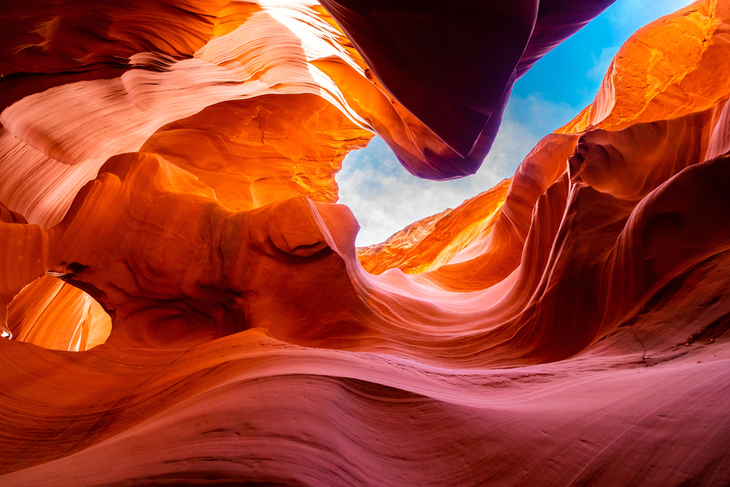
Antelope Canyon, located near Page, Arizona, is famous for its stunning slot canyons characterized by narrow passageways and vibrant, swirling sandstone formations. The sunlight streaming through the narrow openings creates a magical play of light and shadow, resulting in spectacular colors that shift throughout the day.
Popular among photographers, this canyon offers a unique visual experience, especially during the midday hours when the light penetrates the canyon's depths. Guided tours are available, making it accessible for visitors eager to explore its surreal beauty.
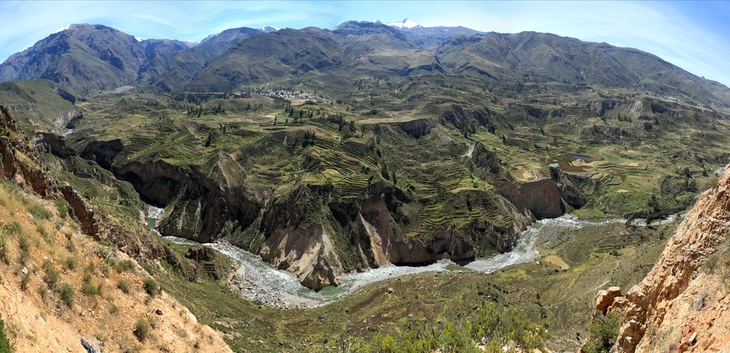
Twice as deep as the Grand Canyon, Colca Canyon is a marvel of the Andes. This massive gorge, carved by the Colca River, is home to the giant Andean condor, often seen soaring above its steep walls.
The canyon is surrounded by terraced agriculture dating back to pre-Inca civilizations, adding a touch of human history to its natural splendor. You can trek along its rim or descend into its depths, where you'll find remote villages, hot springs, and a landscape that shifts from arid to lush, offering a diverse and unforgettable experience.
Related: 14 Incredible Sights from the Mighty Andes
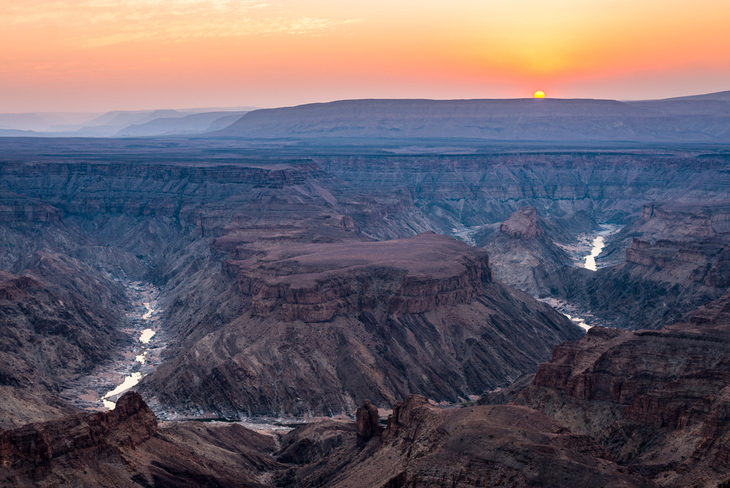
As the largest canyon in Africa, Fish River Canyon is a testament to the raw beauty of the continent. Located in the arid south of Namibia, this massive gorge stretches for 160 kilometers (99.4 miles), reaching depths of up to 550 meters (1,804 feet).
Its stark, moon-like landscape is punctuated by the Fish River, which flows intermittently, creating pools that attract wildlife during the dry season. The canyon offers a challenging multi-day hike for adventurous travelers, rewarding them with breathtaking vistas and a profound sense of isolation in this ancient landscape.
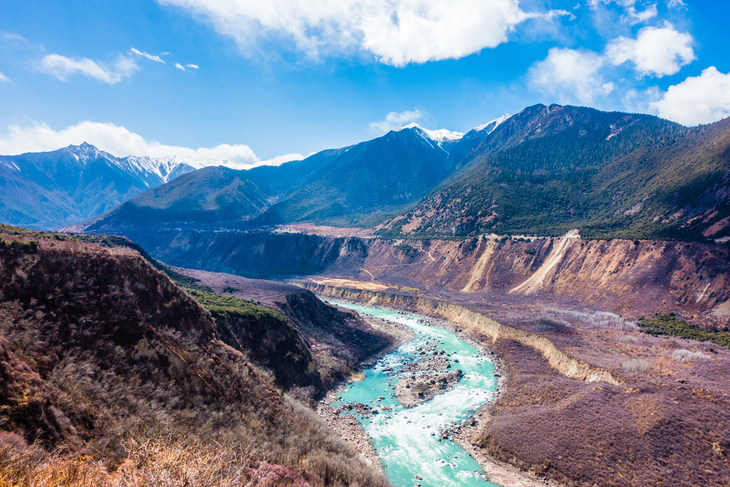
The Yarlung Tsangpo Grand Canyon, located in Tibet, is widely recognized as the deepest and longest canyon on Earth. Carved by the mighty Yarlung Tsangpo River, this canyon boasts dramatic cliffs, lush valleys, and rich biodiversity.
The region is steeped in cultural significance, with ancient monasteries and traditional villages dotting the landscape. Explorers can witness the powerful river carving through towering mountains, creating spectacular waterfalls and unique geological formations. The Yarlung Tsangpo Grand Canyon offers a remote and awe-inspiring escape for those seeking adventure and natural beauty.
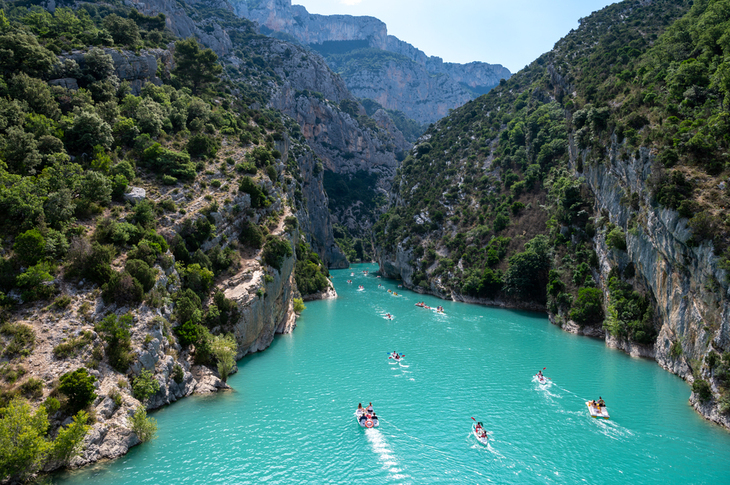
Known as Europe's Grand Canyon, Verdon Gorge is a stunning limestone canyon in southeastern France. Its turquoise river, winding between 700-meter-high (2,296-feet) cliffs, creates a mesmerizing contrast against the stark white rock. The gorge offers a paradise for outdoor enthusiasts, with opportunities for rock climbing, kayaking, and hiking.
The surrounding Verdon Natural Regional Park adds to its allure, with lavender fields, picturesque villages, and diverse wildlife. This canyon proves you don't need to travel far to witness nature's grandeur.
Related: A Stroll Through the Beautiful Villages of France
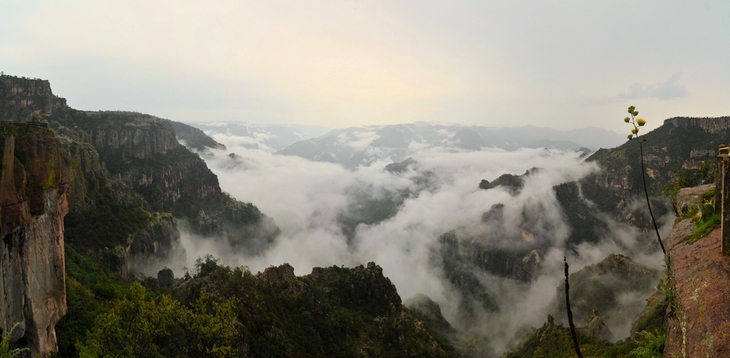
Copper Canyon, or Barrancas del Cobre, is actually a network of six distinct canyons in northwestern Mexico. Together, they form a system four times larger than the Grand Canyon. The canyons are home to the Tarahumara people, who are known for their long-distance running abilities.
Visitors can explore the area via the Chihuahua al Pacífico Railway, which offers spectacular views as it traverses bridges and tunnels through the rugged terrain. The diverse ecosystem ranges from pine forests at the rim to tropical vegetation in the canyon depths.
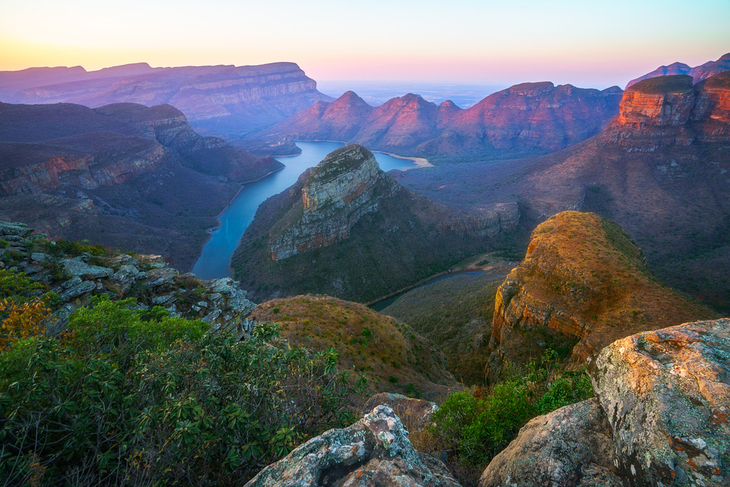
One of the greenest canyons on Earth, Blyde River Canyon is a lush paradise in South Africa's Mpumalanga province. Stretching for 26 kilometers (16 miles) and plunging 800 meters (2,624 feet) deep, it's draped in subtropical vegetation that contrasts beautifully with its red sandstone cliffs.
The canyon is home to diverse wildlife and features stunning rock formations like the Three Rondavels and God's Window. A multifaceted natural wonder, it showcases Africa's incredible biodiversity through panoramic views from the canyon rim, hiking trips through the verdant landscape, and boat excursions on Blyde Dam.
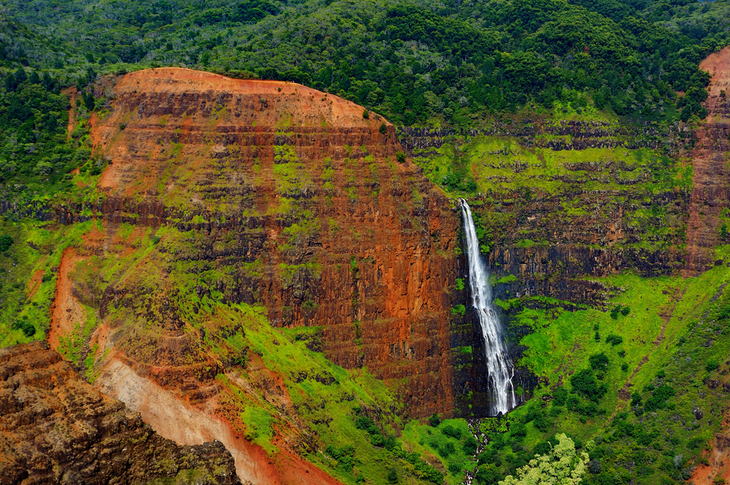
Often called the "Grand Canyon of the Pacific," Waimea Canyon on the island of Kauai offers a unique tropical take on canyon landscapes. Stretching 22.5 kilometers (14 miles) long and over 914 meters (3,000 feet) deep, its colorful walls showcase millions of years of geological history.
The canyon's vibrant reds and greens, a result of volcanic activity and lush vegetation, create a stunning contrast against the blue Hawaiian sky. There are numerous hiking trails to explore and scenic drives to take along the rim. You can also opt for helicopter tours to enjoy a bird's-eye view of this Pacific paradise.
Related: Big Island: The Tropical Paradise in the Heart of Hawaii
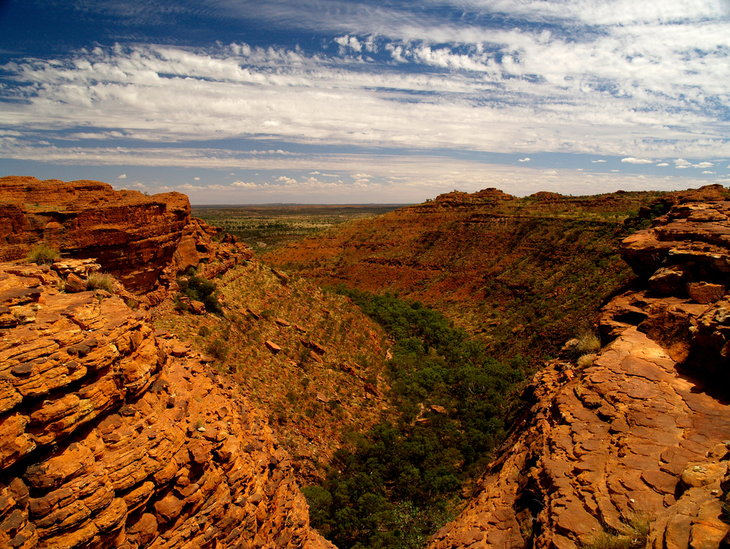
Kings Canyon, located in Watarrka National Park in Australia's Northern Territory, is a breathtaking natural wonder that offers a unique outback experience. This ancient sandstone gorge, with its sheer red rock faces rising 100 meters (328 meters) above Kings Creek, was formed over 440 million years ago.
The canyon is known for its spectacular 6-kilometer Rim Walk, which provides stunning views of the surrounding landscape and leads to the lush oasis of the Garden of Eden. The area is rich in biodiversity, home to over 600 species of plants and animals, many of which are endemic to the region. Kings Canyon also holds cultural significance for the local Luritja Aboriginal people.